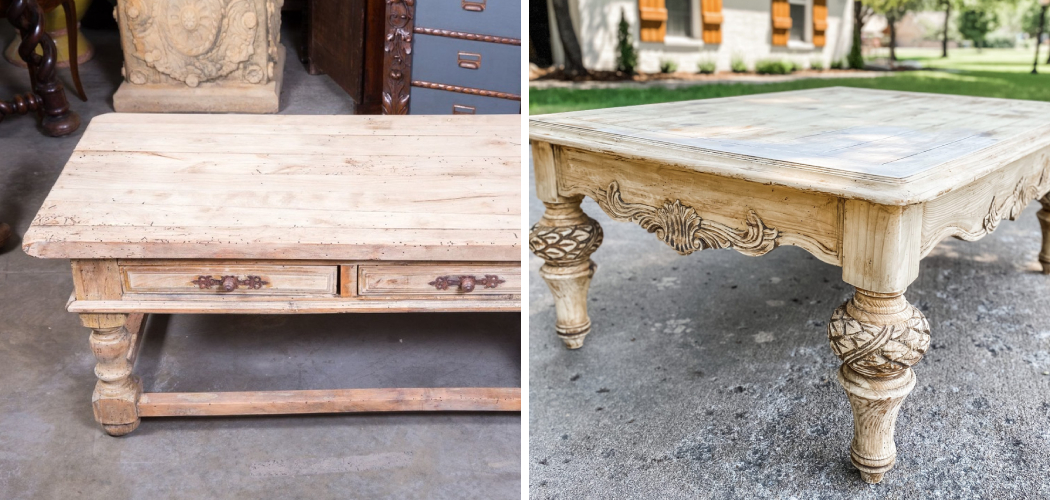Sealing bleached wood is crucial to preserve its appearance and protect it from further damage.
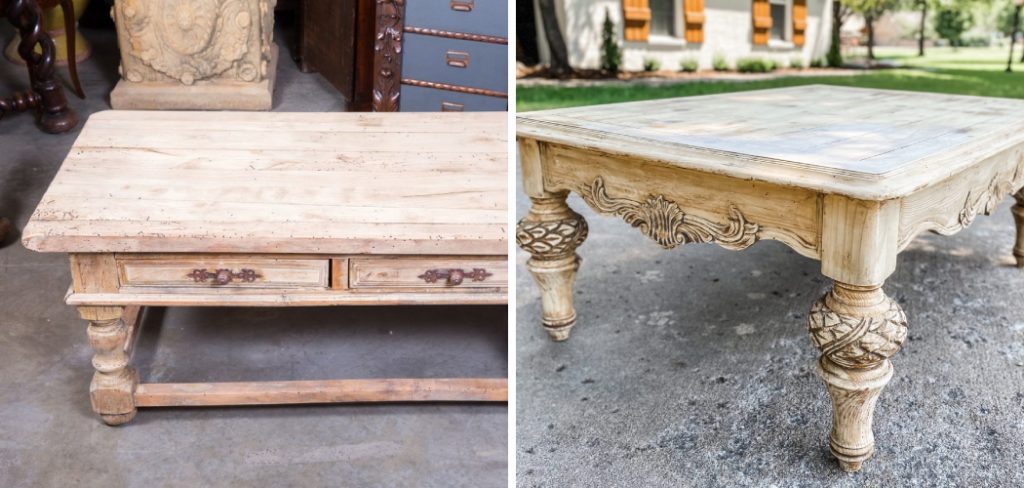
When wood becomes bleached due to exposure to sunlight or harsh weather conditions, it can lose its natural color and become vulnerable to moisture and dirt. Knowing how to effectively seal bleached wood helps restore its beauty and durability. This guide will explore the steps involved in how to seal bleached wood, including cleaning and preparing the surface, selecting the appropriate sealer or finish, and applying it correctly to achieve optimal protection and enhancement of the wood’s natural grain.
Whether you’re dealing with bleached outdoor furniture, decking, or interior wood surfaces, mastering these techniques will help maintain the integrity and longevity of the wood, ensuring it remains vibrant and resistant to environmental elements for years to come.
Understanding Bleached Wood
Bleached wood occurs when the natural pigments and oils within the wood are broken down and stripped away due to prolonged exposure to sunlight, moisture, or chemical agents.
This bleaching process can result in a washed-out, faded appearance, often making the wood look pale or white. Although some people may find the aesthetic of bleached wood appealing, it’s essential to recognize that this condition also indicates a degree of damage to the wood.
Left untreated, bleached wood can become dry, brittle, and more susceptible to further environmental damage, such as cracking, splitting, or rot. Understanding the characteristics and causes of bleached wood is the first step in executing a proper sealing process, which will not only revive its appearance but also enhance its structural integrity.
Assessing the Condition of Bleached Wood
Before embarking on the sealing process, it’s crucial to assess the condition of your bleached wood to determine the extent of the damage and the necessary steps for restoration.
Start by closely inspecting the surface for signs of cracking, splitting, or deep discoloration, which may indicate more severe degradation. Check for areas that feel dry, brittle, or soft to the touch, as these are common symptoms of wood weakened by prolonged exposure to environmental factors.
Additionally, examine the wood for any presence of mold, mildew, or other biological growths that could compromise its integrity further. By thoroughly evaluating the state of your bleached wood, you can tailor the cleaning, repair, and sealing processes to address specific issues, ensuring the best possible outcome for both the wood’s appearance and durability.
10 Methods How to Seal Bleached Wood
01.Cleaning and Preparing the Surface
Before applying any sealant to bleached wood, it’s essential to clean and prepare the surface thoroughly. Start by removing any dust, dirt, or debris using a soft brush or vacuum cleaner.
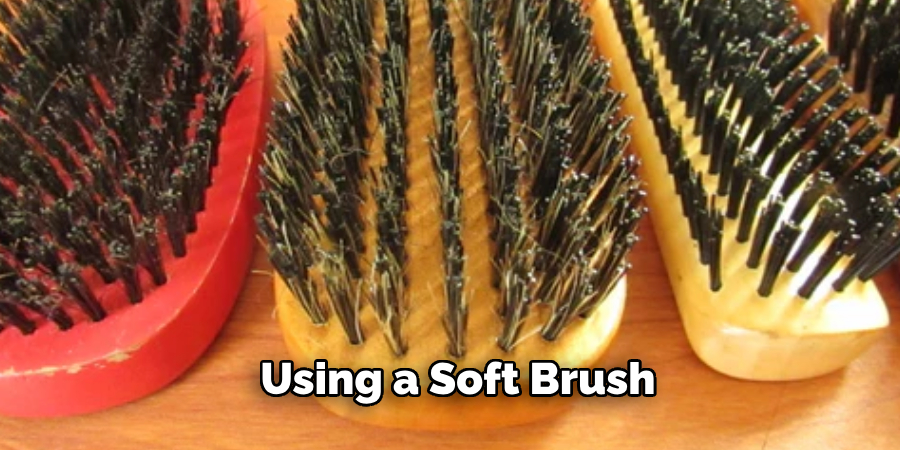
If the wood surface is heavily soiled or stained, use a mild soap solution and a sponge to gently scrub away dirt and grime. Rinse the wood surface with clean water and allow it to dry completely. Ensure the wood is free of moisture before proceeding with sealing to ensure proper adhesion and a smooth finish.
02.Choosing the Right Sealant
Selecting the appropriate sealant is critical for effectively sealing bleached wood. Consider factors such as the type of wood, its intended use (indoor or outdoor), and the desired level of protection and appearance.
Common sealant options for bleached wood include polyurethane varnish, acrylic sealers, wood oils (like tung oil or linseed oil), and wood stains with built-in sealants. Each type of sealant offers different benefits in terms of durability, ease of application, and the final look of the wood.
Polyurethane varnish provides a durable, glossy finish ideal for high-traffic areas, while oils penetrate the wood to enhance its natural beauty and provide a more matte appearance.
03.Testing the Sealant
Before applying the sealant to the entire wood surface, perform a small test patch in an inconspicuous area. This test helps ensure compatibility with the wood and allows you to evaluate the final appearance and drying time of the sealant.
Apply a small amount of sealant according to the manufacturer’s instructions and observe how it interacts with the bleached wood. Assess the color enhancement and level of protection provided by the sealant. If satisfied with the results, proceed with sealing the entire surface.
04.Applying Polyurethane Varnish
Polyurethane varnish is a popular choice for sealing bleached wood due to its durability and protective properties. Begin by stirring the varnish thoroughly to ensure an even consistency.
Use a high-quality synthetic bristle brush or foam brush to apply the varnish in thin, even coats along the grain of the wood. Avoid overbrushing to prevent bubbles and streaks. Allow each coat to dry completely according to the manufacturer’s instructions before lightly sanding with fine-grit sandpaper to smooth the surface.
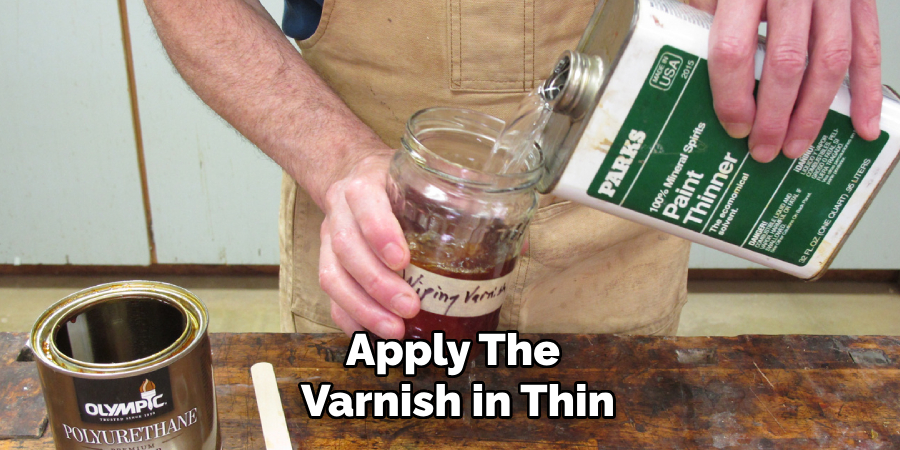
Apply multiple coats of varnish as needed to achieve the desired level of protection and sheen. Sand lightly between coats for a smooth finish, and ensure adequate ventilation during application and drying.
05.Using Acrylic Sealers
Acrylic sealers provide a clear, water-resistant finish that enhances the natural color and grain of bleached wood. These sealers are easy to apply and dry quickly, making them suitable for both indoor and outdoor use. Before application, shake the sealer container thoroughly to mix the contents.
Apply the sealer evenly using a synthetic bristle brush, foam brush, or paint sprayer, following the wood grain to ensure uniform coverage. Allow the first coat to dry completely before applying additional coats as needed. Sand lightly between coats to promote adhesion and achieve a smooth finish. Acrylic sealers offer UV protection and resist moisture, preventing further bleaching and damage to the wood surface.
06.Applying Wood Oils
Wood oils such as tung oil, linseed oil, or Danish oil penetrate deep into the wood fibers to nourish and protect bleached wood from within. These oils enhance the natural beauty of the wood while providing a matte or satin finish. Before applying wood oil, ensure the wood surface is clean and dry.
Apply the oil generously using a clean cloth, brush, or applicator pad, working in the direction of the wood grain. Allow the oil to penetrate the wood for 15-20 minutes, then wipe off any excess oil with a clean, lint-free cloth.
Repeat the application process, applying additional coats until the wood no longer absorbs the oil. Allow the final coat to cure according to the manufacturer’s instructions before using or handling the sealed wood.
07.Using Wood Stains with Built-in Sealants
Wood stains with built-in sealants offer a convenient way to add color and protection to bleached wood in a single step. These products penetrate the wood surface to enhance its color while forming a protective seal against moisture and UV damage. Choose a wood stain that complements the desired look of the wood, whether you prefer a natural wood tone or a darker shade.
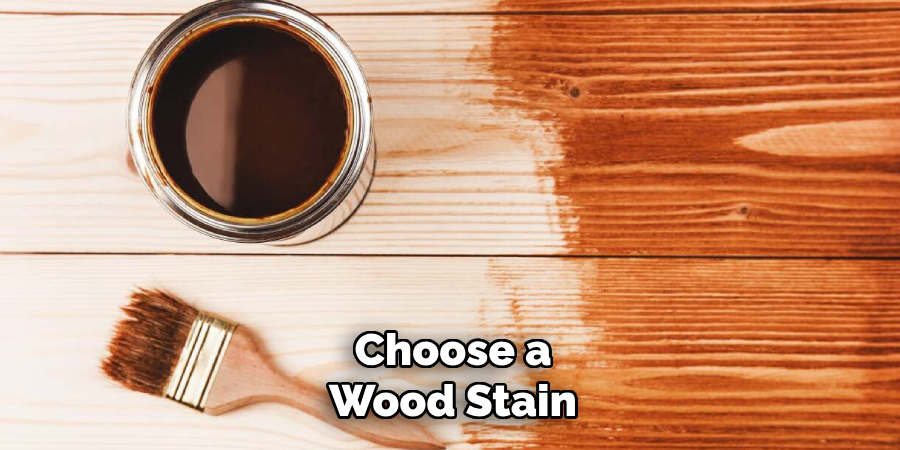
Before application, shake or stir the stain thoroughly to mix the pigments and sealant components. Apply the stain evenly using a brush, sponge, or cloth, working with the wood grain to ensure even coverage. Allow the stain to penetrate the wood for several minutes before wiping off any excess with a clean cloth. Apply additional coats as needed to achieve the desired color depth and protection level.
08.Ensuring Even Application
Regardless of the sealant chosen, achieving an even application is crucial for a professional-looking finish on bleached wood. Work in small sections and apply the sealant evenly along the grain of the wood. Avoid applying too much sealant in one coat, as this can lead to drips, uneven coverage, or prolonged drying times.
Use long, smooth strokes with the brush or applicator to distribute the sealant uniformly. Blend overlapping areas to prevent visible lines or streaks. Take your time during application to ensure each section receives adequate coverage and the sealant penetrates the wood surface effectively.
09.Allowing Sufficient Drying Time
Proper drying time is essential to ensure the sealant bonds effectively with the bleached wood and forms a durable protective barrier. Follow the manufacturer’s recommended drying times between coats and after the final application. Factors such as temperature, humidity, and ventilation can affect drying times, so choose a well-ventilated area with moderate temperatures for sealing wood. Avoid touching or handling the sealed surface until the sealant has dried completely to prevent smudges or marks. Allow the sealed wood to cure fully according to the manufacturer’s instructions before subjecting it to regular use or exposure to moisture.
10.Maintaining Sealed Wood
After sealing bleached wood, proper maintenance is key to preserving its appearance and durability over time. Regularly clean sealed wood surfaces with a soft cloth or sponge dampened with water to remove dust and debris. Avoid using harsh chemicals or abrasive cleaners that can damage the sealant.
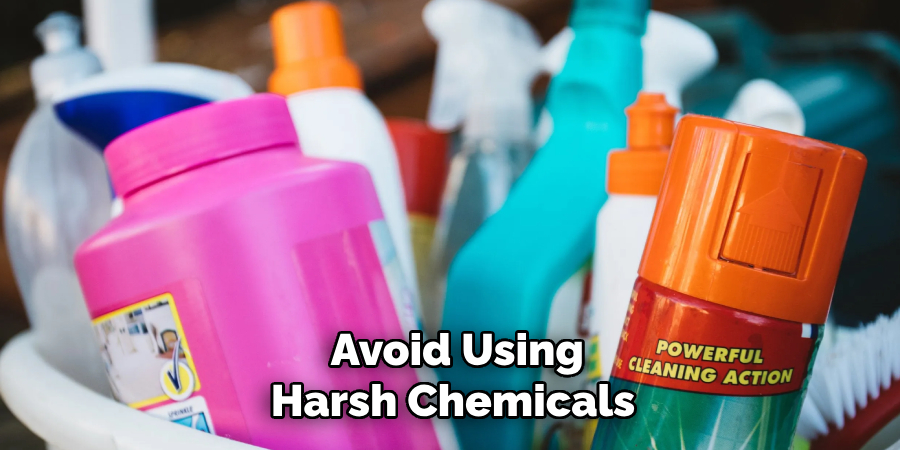
Periodically inspect the sealed wood for signs of wear, moisture penetration, or UV damage. Touch up any areas where the sealant has worn away or been compromised to maintain protection. Depending on the type of sealant used, consider reapplying a fresh coat of sealant every few years to reinforce protection and enhance the wood’s natural beauty.
Conclusion
In conclusion, sealing bleached wood involves selecting the right sealant, preparing the surface properly, and applying the sealant evenly to achieve optimal results.
Whether using polyurethane varnish, acrylic sealers, wood oils, or stains with built-in sealants, each method offers unique benefits in terms of protection, enhancement of wood grain, and ease of application. Thanks for reading, and we hope this has given you some inspiration on how to seal bleached wood!

